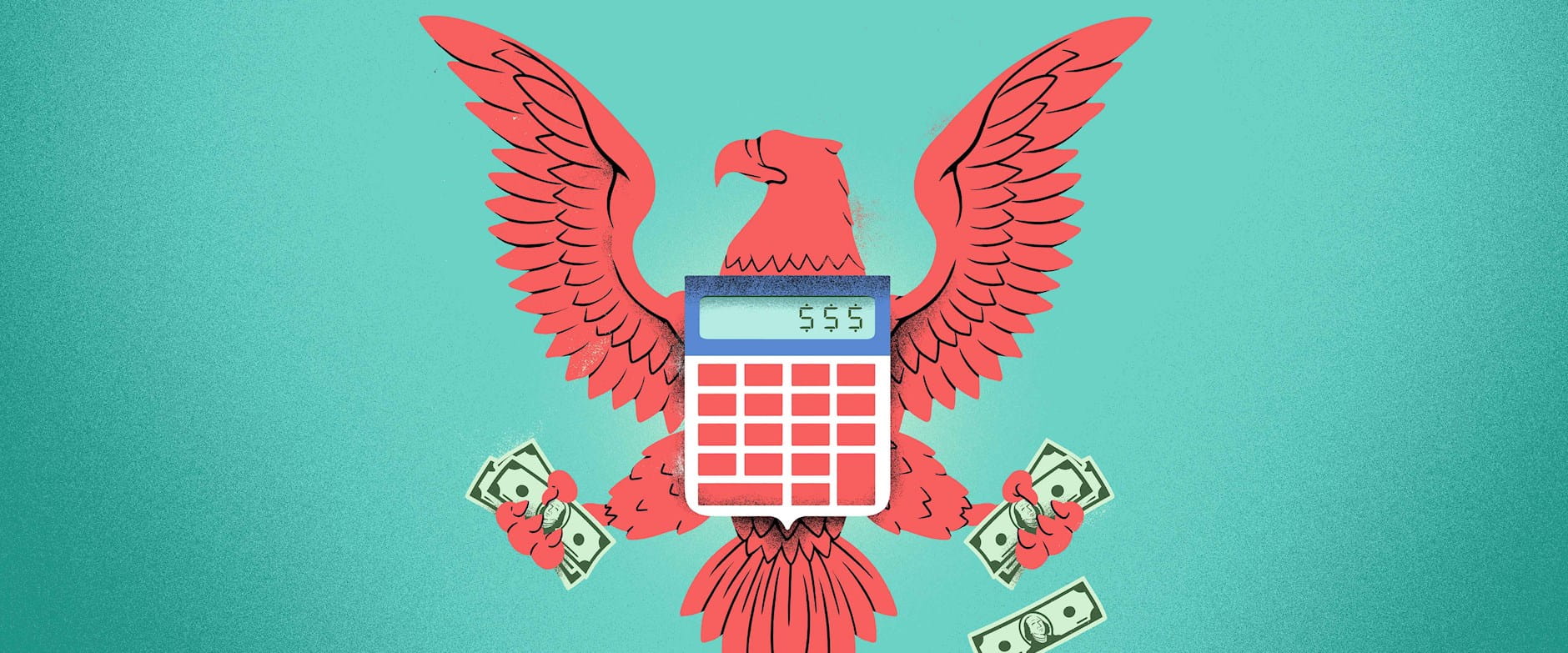In response to the COVID-19 shock, Congress pumped trillions of dollars into the economy in the form of stimulus checks, expanded unemployment benefits, and targeted spending to bolster specific industries such as airlines. The massive package apparently staved off a long, deep recession. But which elements were the most effective in the complicated, intertwined modern American economy?
Some research, involving pre-pandemic data, suggests that stimulus directed to households is most effective—when it’s targeted to people who need it most. MIT PhD students Joel P. Flynn and John Sturm and Chicago Booth’s Christina Patterson find that to get the maximum bang for the buck in spurring the economy, lawmakers should give the money to the people who will spend the most of it rather than sock it away in savings, as many Americans did with COVID-19 relief checks. Technically, these are the groups with the highest marginal propensity to consume, or MPC.
“Our estimates suggest that government transfers of $1,000 to each employed worker would increase GDP by 69 cents per dollar spent,” they write, “whereas transfers of $2,000 to each worker with above-median MPC would increase GDP by 96 cents per dollar spent.”
Flynn, Patterson, and Sturm built a model taking into account economic linkages through supply chains, regional trade, and the dramatic differences in household spending tendencies.
Sizing up stimulus
“Policy makers must consider the cascades of expenditure they set off, as expenditures in one industry and region reach not only its workers but also others in its supply chain, those at firms where workers spend their marginal income, and so on,” they write.
They fed the model 2012 data covering the 50 US states plus the District of Columbia, 55 sectors, and 80 demographic groups, then assessed how each industry, region, and demographic group responded to a $1 change in income. Virtually all of the differences boiled down to where households ranked on the MPC continuum, they find.
So what groups had the highest MPC scores? Those who were the most vulnerable to economic catastrophes, the researchers find: people who were younger than 35, didn’t have college educations, made less than $35,000 a year, or were Black. Relatively poor Arkansas, Mississippi, and South Dakota had the highest MPCs among states, the researchers find. Connecticut, the District of Columbia, and New Jersey had the lowest.
“We show that concentrating transfers among the highest MPC households can increase the effect of the policy on GDP by up to 130 percent,” the researchers write. “Governments should understand the opportunity costs associated with untargeted fiscal spending. . . . [Such] policies responding to the Great Recession and COVID-19 may have left substantial gains on the table—on the order of several hundred billions of dollars.”
Joel P. Flynn, Christina Patterson, and John Sturm, “Fiscal Policy in a Networked Economy,” Working paper, January 2022.
Your Privacy
We want to demonstrate our commitment to your privacy. Please review Chicago Booth's privacy notice, which provides information explaining how and why we collect particular information when you visit our website.
